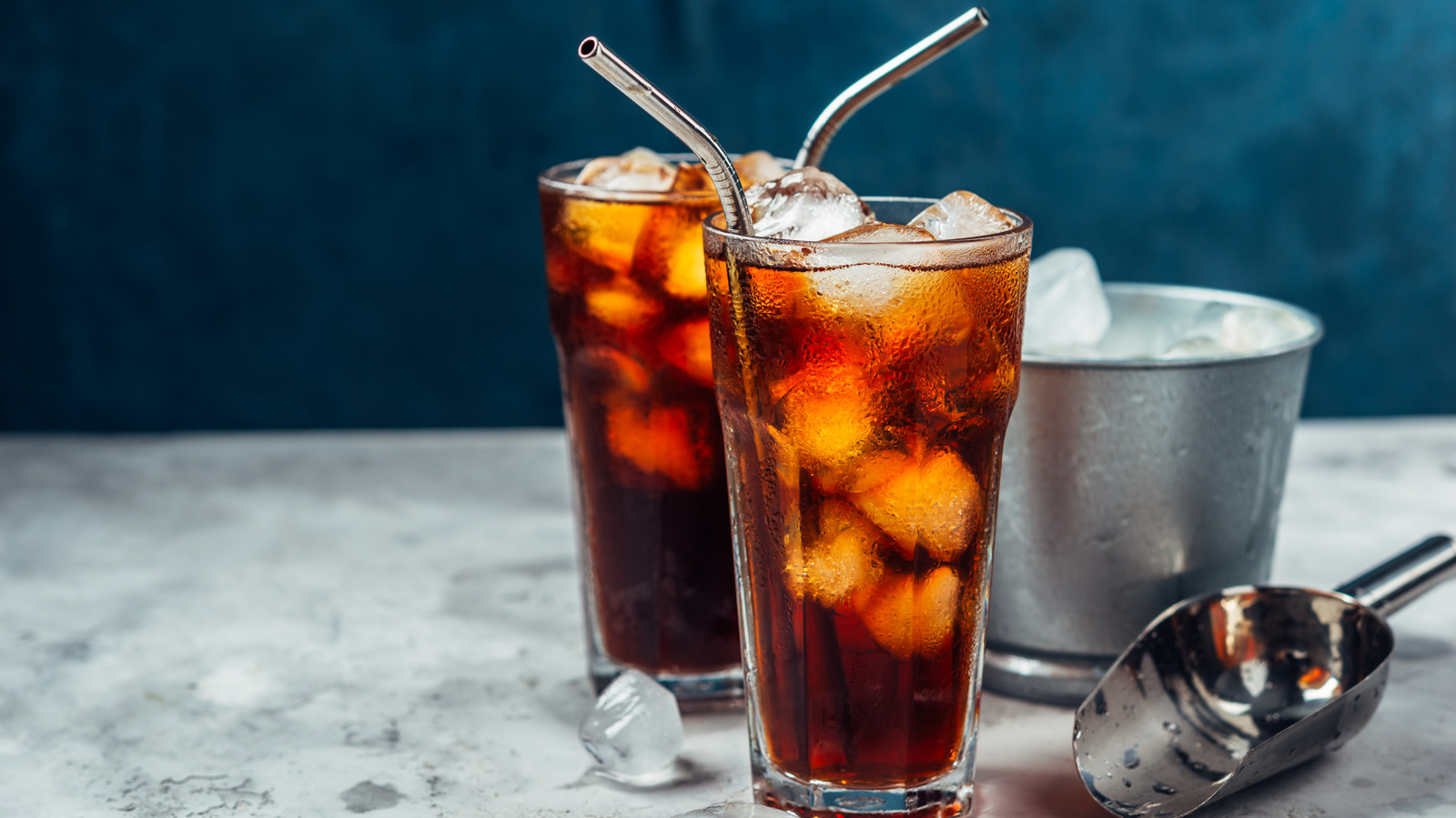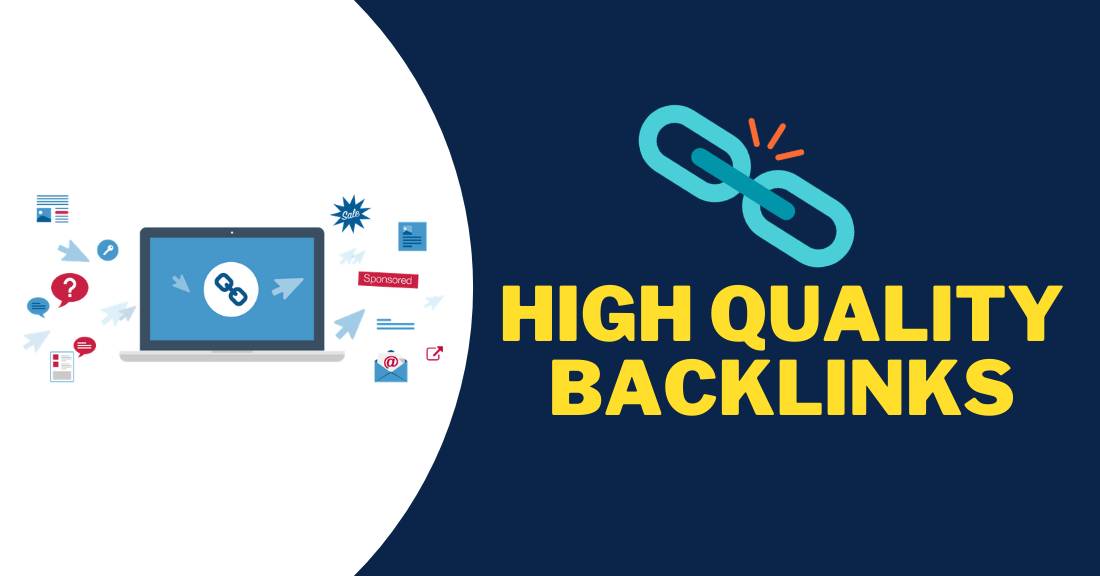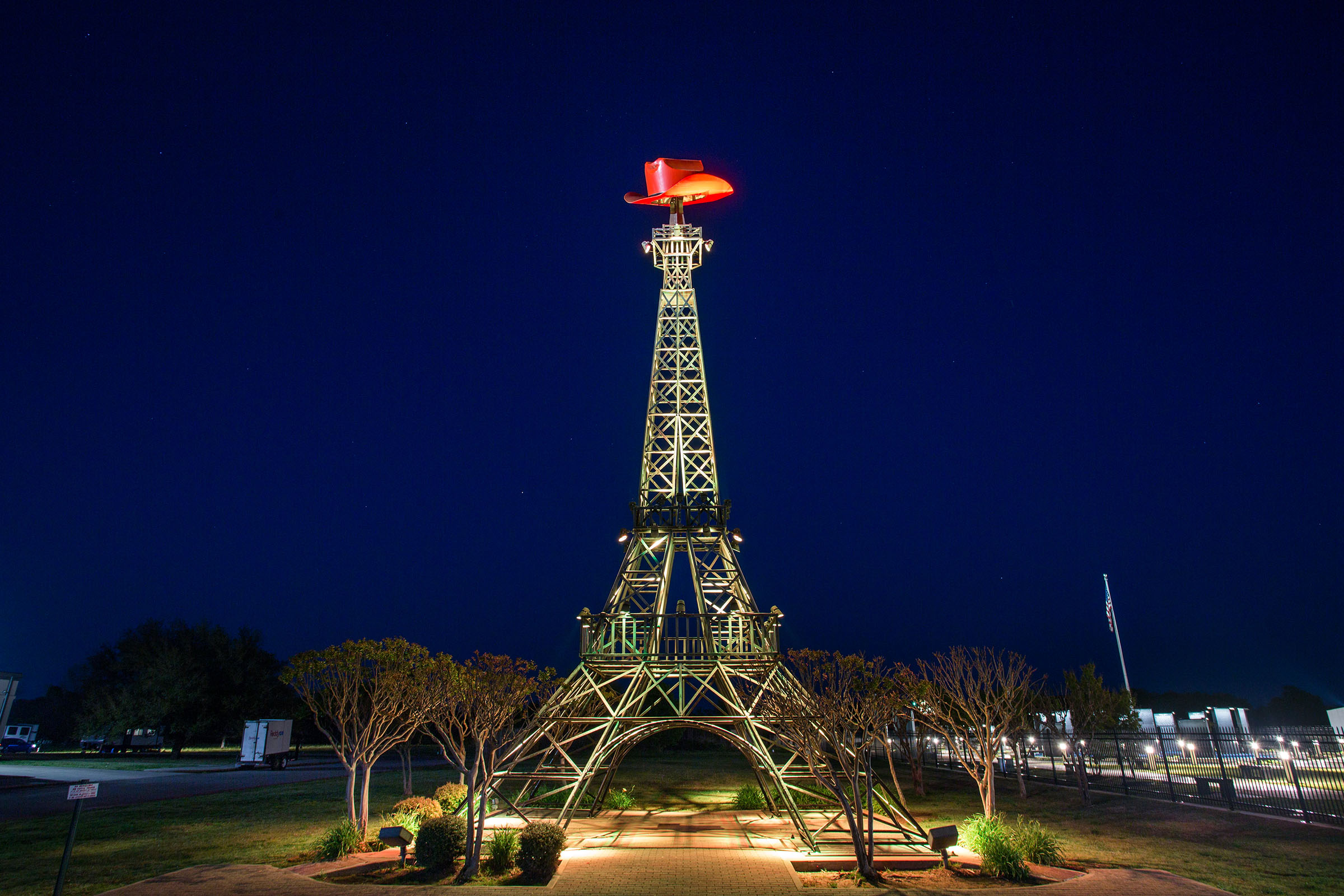Ice Culture: Why Americans and Europeans Clash Over Ice Water
1. Cultural Norms & Climate Influence
In the U.S., drinks—including tap water—almost always come served over ice. That’s due to cultural taste preferences and the long-standing idea that chilled beverages feel more refreshing—especially in hotter regions Reddit. In contrast, most Europeans grew up drinking at cooler but not icy temperatures; large amounts of ice are simply not the norm and sometimes even impractical for European dining traditions.
2. Historical Roots
America’s widespread ice usage traces back to the 19th century, when Frederic “The Ice King” Tudor popularized the trade of natural ice, transforming ice from a luxury to a staple in U.S. households. the mid‑1800s, ice was so ingrained that freezing drinks became part of everyday life Deseret News.
3. Practical Factors in Europe
There are a few practical reasons Europeans use far less ice:
- Many cafés and homes have minimal fridge or freezer space, making bulk ice less convenient.
- Europeans often shop more frequently and have higher energy costs, reducing the demand for ice-making appliances.
- Tap water—commonly just chilling under refrigeration—is offered, but full-on ice buckets are rare unless requested.
4. Tourist Reactions & Social Media Buzz
American travellers to Europe frequently mention their bewilderment when ordering water and seeing ice absent. Many social media posts highlight the difference: seated in a restaurant, they expect the giant plastic cup of ice back home—but get a small glass of still, cool water instead Rick Steves Community.
5. Attitudes Toward Tap vs Bottled Water
In many parts of Europe, tap water is safe but often not offered automatically in restaurants. Bottled water—often mineral—is the default and sometimes the only option. Some Europeans see ordering tap water as unusual or impolite, especially if they expect a purchased drink as part of a dining etiquette.
✅ Summary Table
| Topic | United States | Europe |
|---|---|---|
| Ice in Water | Huge glasses full of ice are standard | Rare—usually only a few cubes if at all |
| Water Temperature | Very cold—even iced tap water | Cool but not frozen |
| Historical Origins | Popularized by the ice trade in 1800s | No equivalent, cultural preferences prevail |
| Tap vs Bottled Water | Tap water often served free in restaurants | Bottled water usually default; tap uncommon |
| Traveler Perspectives | Expect ice; surprised when absent | Ice use may seem excessive or wasteful |
📝 Bottom Line
What feels normal to Americans—a big, icy cup of cold water—is often surprising or unnecessary to Europeans. Preferences stem from history, climate, infrastructure, and dining customs. So next time you’re travelling across the Atlantic, be ready to ask explicitly if you want a few ice cubes—or just enjoy the chilled subtlety of European water culture.












Post Comment